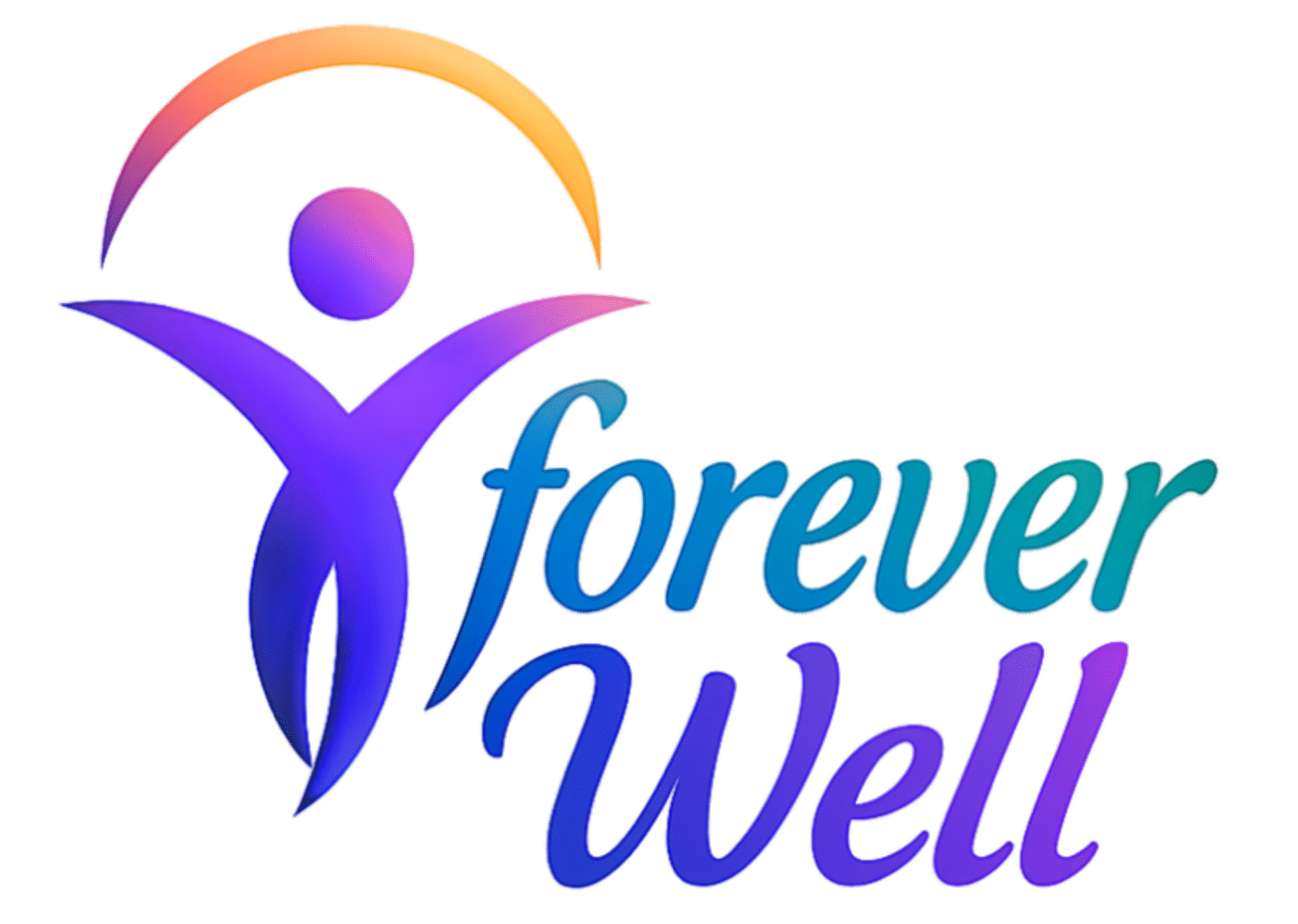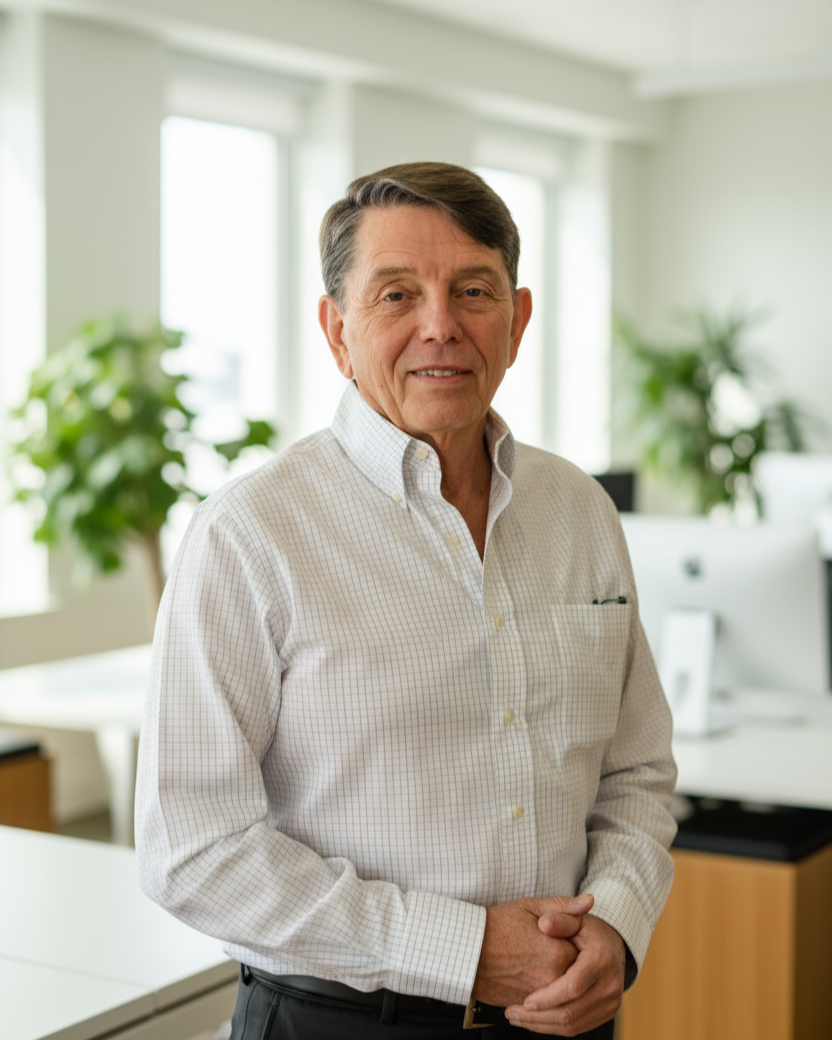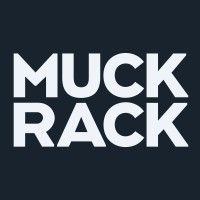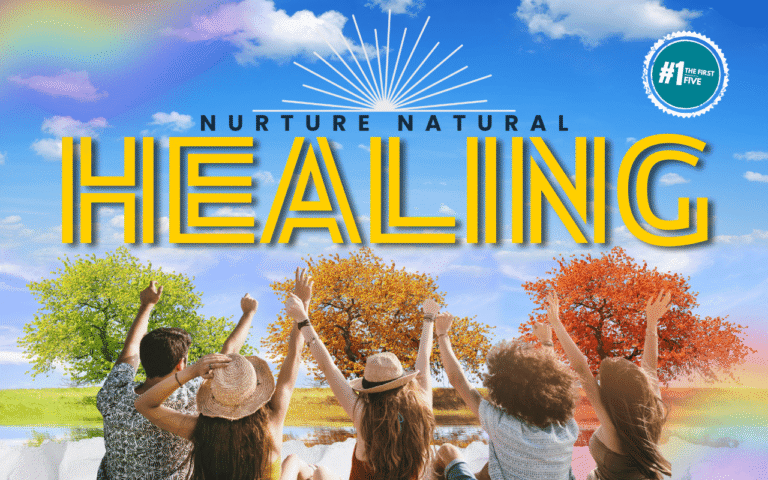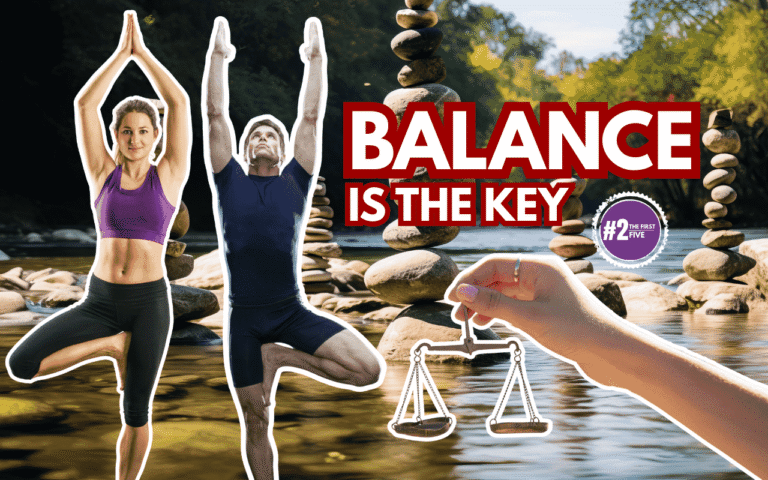Can the body truly heal what is wrong with it? How does healing occur?
These are questions I’ve asked myself many times, both personally and professionally. If you’ve been following my writing, you know I believe that the human body, just like every living organism, has a remarkable capacity for repair, renewal, and recovery.
How Does the Body Heal Itself?
My dear friend, Dr. Jim Sensenig, ND, often reminded me,
“There is no such thing as an incurable disease!”
He also believed,
“If you create the proper environment, the body will quickly rebalance and defeat any condition or disease.”
That wisdom continues to inspire me.
This isn’t just an abstract idea; it’s a powerful principle in addressing chronic illness and autoimmune conditions. While I could talk deep into the science of tissue repair, wound healing, and immune system function (and yes, I do love the details), what matters most is understanding how does the body heal itself in real life.

Rather than focusing only on biochemistry, I want to share lived experiences, my own journey through recovery from injuries and infections. These stories highlight not just the science, but the body’s innate ability to restore balance when given the right support.
They’re reminders that self-healing is not only possible, but deeply natural.
What a Sprained Ankle in the ’70s Taught Me About Healing
I grew up as a wrestler in high school and college, and through those years I learned to appreciate the feeling of being strong, active, and able to do the things I loved.

Outside of competition, I picked up tennis and volleyball just for fun with friends. Neither sport was taught to me formally, I was mostly self-taught and just enjoyed being out there, moving and playing.
Spraining an ankle is not an uncommon injury in volleyball, and I did a doozy playing with friends in my mid-20s. At that moment, I was convinced I had broken it. My friends rushed me to the emergency room, where an X-ray showed no fracture.
The medical team wrapped my ankle in an ace bandage, gave me some crutches, and told me to ice it regularly and stay off of it until it felt better. But ten days later, I was no better off. My ankle hurt just as much as the day I injured it, and I still couldn’t put any weight on it.
Why Movement Speeds Up Recovery
Back then, in the late 70s, I knew nothing about natural medicine or the body’s incredible ability to repair itself. That fall, I had been hired to coach a college wrestling team, and hoping for guidance, I asked the athletic trainer if he could take a look.
His approach completely surprised me. He had me lie down, wrapped my ankle as tightly as he could with athletic tape, and then looked me straight in the eye and told me to get up and walk.
I thought he had to be out of his mind, how could I possibly put weight on something that hurt this badly?
But he explained that gentle movement would get my blood flowing again, and that circulation was exactly what the injury needed to flush out waste and promote healing.

It was my first introduction to understanding how different providers saw things differently.
I was hesitant, but I trusted him enough to try. To my amazement, I was able to walk, carefully, yes, but still walk out of that room.
By the end of the day, I could already feel the difference. By the next morning, the improvement was dramatic. It felt almost unbelievable how quickly my body responded once it was given the right conditions.
That experience became one of my very first lessons in the body’s natural ability to heal itself. The time frame was the late 70s. Back then, after a major heart operation, doctors would often keep patients resting in the hospital for two or even three weeks, believing extended rest was the safest path to recovery.
By the 80s and 90s, however, medical understanding began to shift, and what the athletic trainer had known all along started to gain recognition: movement is essential to healing.
Research showed that prolonged inactivity could lead to muscle loss, lung infections, blood clots, and slower overall recovery. In contrast, studies began to reveal that even after the most invasive surgeries, patients who engaged in gentle activity, sitting up, dangling their legs, or walking with assistance, recovered faster and more fully.
These small movements stimulate the body’s natural mechanisms: keeping the lungs clear, improving circulation, supporting digestion, and signaling to the body that it’s time to heal.
Honor the wisdom of the body and support it in helping itself. The body loves movement! From a sprained ankle to major surgery, inactivity rarely serves us well. In fact, a sedentary lifestyle is one of the major contributors to chronic disease.
Movement isn’t just beneficial, it actively awakens the body’s innate ability to heal itself.
A Shoulder Injury on Vacation
My next healing adventure took me to Barbados about ten years ago, on vacation with my significant other.
We were running a little late at John F. Kennedy International Airport, and in my eagerness to speed things along, I made a not-so-great decision: instead of waiting for the shuttle driver to move the two bags sitting on top of my luggage, I yanked it out from the bottom.

Ouch. My shoulder popped immediately, and from that moment on, any movement of my right arm sent a jolt of pain through me.
For the entire trip, I could barely lift my arm more than six inches from my hip, except in the water, where the buoyancy allowed a little more freedom.
We had a wonderful time notwithstanding my limitations. I took some pain killers at night to allow me to sleep comfortably, but otherwise was able to enjoy the vacation without additional treatment.
Letting Inflammation Do Its Job
At that point in my early 60s, I had spent 25 years immersed in the world of natural medicine. One principle I had learned was that you don’t suppress symptoms unless absolutely necessary.
So I avoided icing my shoulder; inflammation, after all, is part of the body’s natural healing process, and numbing it can slow recovery.
Of course, your tolerance for pain will influence how aggressively — and for how long — you ice an injury or take anti-inflammatory medications. It’s nothing dramatic, just a gentle reminder that healing is taking place.
Rehabbing My Shoulder Through Frisbee Golf

When I returned to Pennsylvania, I was only a week away from an annual gathering with my college friends. We love sitting around a table, playing cards and board games, but we also play Frisbee golf. Not disc golf, mind you!
Disc golf uses smaller, heavier discs that fly much farther than a Frisbee. My friends and I like to think we helped invent disc golf, way back when we’d take our Frisbees to a park and pick benches, trees, or statues as “holes.” To this day, we still enjoy tossing our Frisbees at local courses.
Initially, I assumed I’d sit out the Frisbee golf adventures. On the first day, I couldn’t fully extend my arm for a proper throw. But by bracing my right elbow against my body with my left hand, I managed throws using just my lower arm.
Distance? Surprisingly good. Accuracy? Not so much.
Still, it felt wonderful to participate. Each day after playing, my shoulder felt a little better, less pain, slightly more range of motion, despite not fully engaging in the throwing motion.
One day, my buddy’s son, a Doctor of Physical Therapy, joined us. After running some tests, he suggested my injury was likely a bad sprain or partial tear of the rotator cuff, a common issue at my age. He couldn’t be certain without imaging, but his observations aligned with what I had felt intuitively.
Once back home, Frisbee golf at a local course became part of my personal rehab routine. One of the most important lessons I learned from this injury was about the purpose of pain.
Pain is a guide, signaling how far we can push without causing further harm. By working gently but at the same time aggressively into a tolerable level of discomfort, without forcing or overdoing it, I allowed my shoulder to strengthen naturally.
Each day brought just a little more range of motion, a little less pain. Pain, I realized, is a feedback mechanism: it tells you the body is healing and warns you when you might be overstepping.
Healing Fully Without Surgery

Nine months later, my shoulder returned to full strength and range of motion. Many people I know who opted for surgery endured just as long a rehab process, often with less satisfaction at the end.
This isn’t to say that every injury can be healed solely through activity and therapy, but many can, if we actively participate and respect our body’s signals.
If you go to an orthopedic surgeon with an injury, his or her normal response is going to be “I can fix that”. And indeed they can. If you visit a physical therapist first, they are likely to show you how you can avoid surgery with the proper rehabilitation program. But it requires your active participation.
The truth is, even the most successful shoulder surgeries demand extensive post-surgical physical therapy, following detailed protocols for a full recovery that can take six months to a year.
My own experience, however, reaffirmed something profound on how profoundly self healing the human organism truly is, even after serious injury, when given the right guidance and care.
Healing Hip and Knee Pain Naturally
Many people my age are facing hip and knee replacement surgeries. Often, they’re shown X-rays and told their joints are “bone on bone.” Naturally, it feels as if there’s no hope for healing. But is that really true?

I was listening to Dr. Mark Hyman’s podcast recently, and he and a colleague were discussing the remarkable ways the body can heal itself, if you create the right environment. That, I realized, is the key: giving the body what it truly needs to repair, restore, and thrive.
Most people headed toward joint replacements are dealing with chronic inflammation, often driven by diet and lifestyle. Inflammation is a natural and helpful process in acute situations, like an injury. But when it becomes chronic, it quietly wreaks havoc throughout the body.
Reducing Inflammation Through Diet
For a period of time, my path included working with a company that marketed a low-carb weight loss protocol to doctors so they could help their patients lose weight and reduce chronic inflammation. Chronic, systemic inflammation is largely attributed to too many carbohydrates and sugars in the diet.
Over and over, I witnessed patients with severe joint pain experience remarkable relief simply by addressing inflammation at its root. Many were able to delay, or even cancel, the surgeries they had been told were inevitable.
Research increasingly shows that chronic inflammation plays a role in countless diseases and conditions. Painkillers and anti-inflammatories may mask discomfort for a while, but they rarely solve the problem long term.
The transformative power comes from creating the right environment in your body. For many, this begins with dietary change: removing foods that feed inflammation, such as excess carbohydrates and sugars.
The results can be life-changing, less pain, improved mobility, and a renewed sense of vitality. Those who embrace this approach often discover that their bodies are far more capable of healing than they ever imagined.
Recovering from Covid Without Conventional Treatments

One last personal experience I want to share is my encounter with COVID. My significant other and I both got infected before any vaccines were available. I had friends who recovered fairly easily, and I hoped the same for myself.
During that time, I discovered that a local radio station shared a weekly COVID report from the Chief Medical Officer of Geisinger Health System, a regional provider in our area. He would discuss risk factors and who was actually succumbing to the illness.
The numbers he shared were far less alarming than the media often portrayed, especially for those of us without serious chronic conditions, conditions that can stress the immune system and compromise the body’s ability to heal itself.
There were no established treatments, so I relied on some basic supplements like vitamin D and C, which have shown support in certain situations. I trusted my body to navigate the infection, and it did.
But it was not easy. I never lost my sense of taste or smell, nor did I have respiratory issues, but the fatigue was unlike anything I had experienced. A rash appeared across my chest, and for five or six days, I mostly stayed in bed, only moving to my recliner before returning to rest.
My body demanded every bit of attention I could give it. I was never afraid, and I always felt confident I would recover, but it was a slow, humbling process. I’ve studied the pandemic closely and hope to write more on it in the future.
One glaring shortfall, in my view, was the suppression of early treatment options. I’ve read reports from doctors around the world who acted on their training, treating patients with drugs for acute respiratory conditions or to counteract cytokine storms. Yet, few of their protocols reached mainstream attention.
One lesson I hope we take from this pandemic is the value of hearing directly from doctors actively treating the illness. Having these professionals share firsthand knowledge on national platforms could help both the public and other doctors understand what actually works to support recovery.
My COVID experience lasted about ten days in total. My body healed itself in a meaningful way, giving me natural immunity to help protect me going forward. But it knocked me off my feet and taught me the importance of rest, patience, and listening closely to what my body needs.
ForeverWell: Celebrating Stories of Self-Healing
One of the goals I have for ForeverWell is to have an ongoing conversation about self healing. I’ve talked with many over the years who have their own stories of healing from everything from a sprained ankle to cancer.
Eventually, I intend to have an entire section of the website dedicated to such stories and covering a vast array of chronic diseases and conditions. If you have such a story or know of one, please share it with us.

